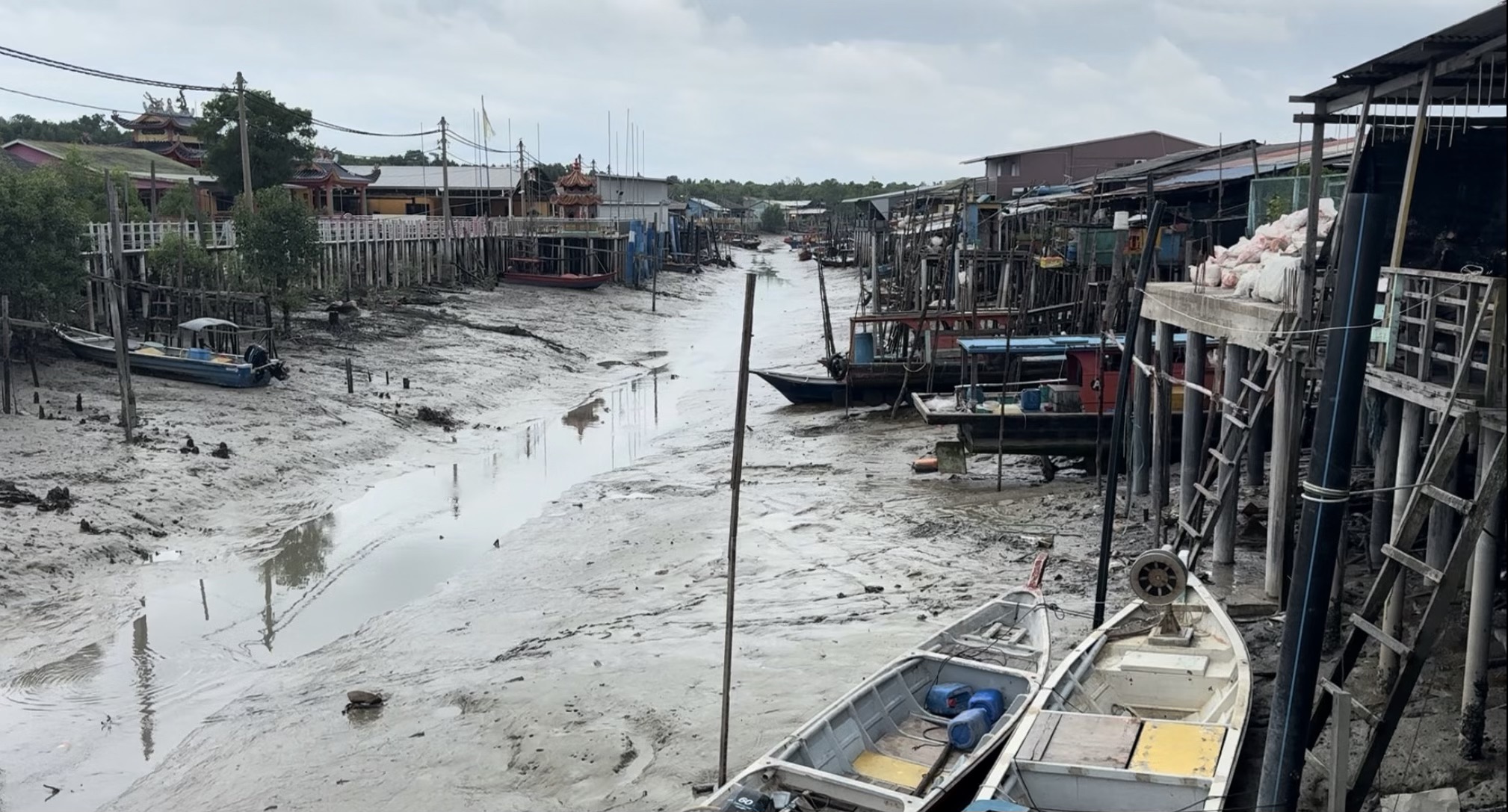
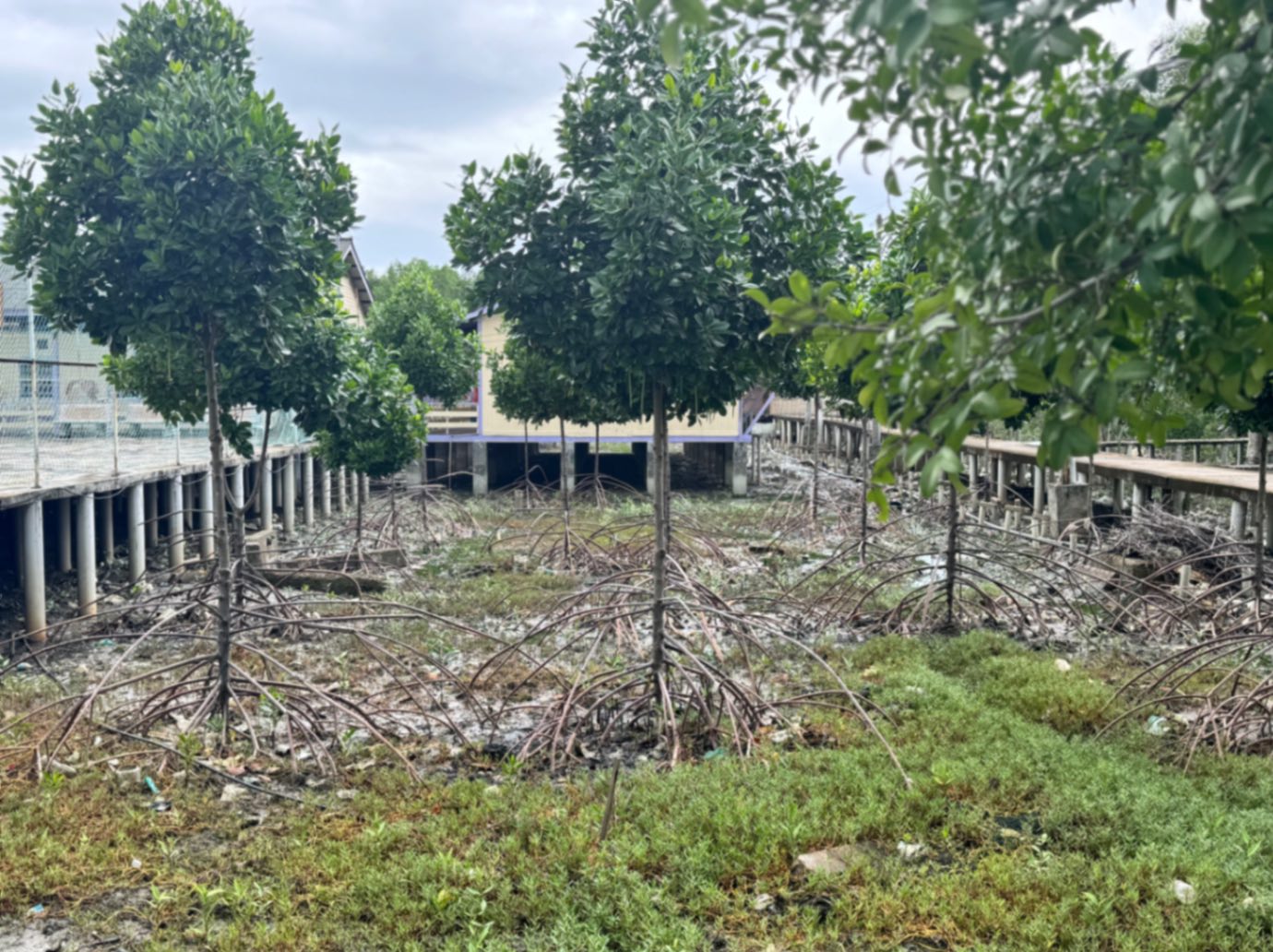
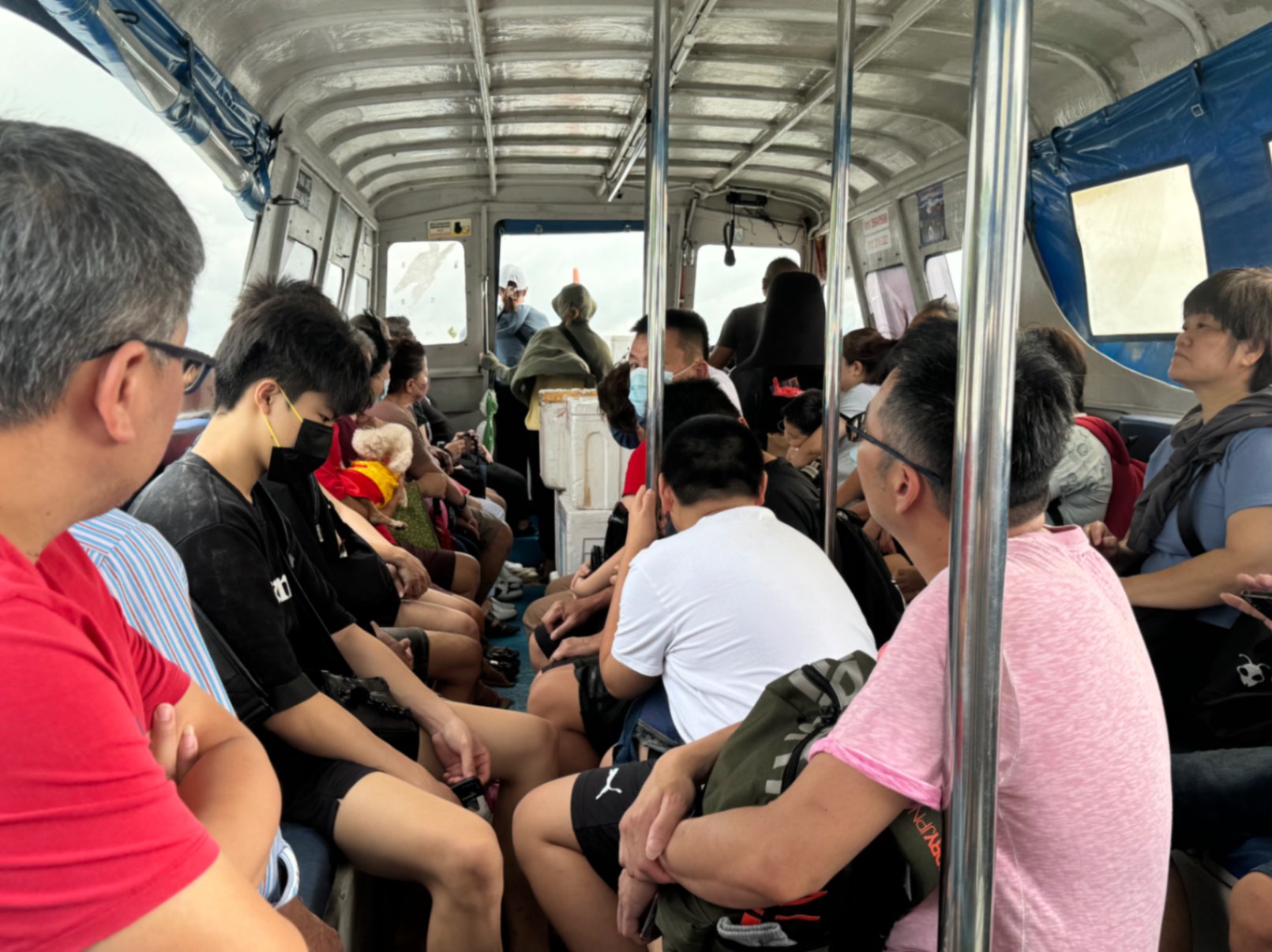
Pulau Ketam, Malaysia
Exploring "Crab Island"
We took a short day trip from Kuala Lumpur, the capital of Malaysia, to Pulau Ketam, a predominantly Chinese, floating fishing village that was founded circa 1880.
Need help designing your own trip? Contact us.
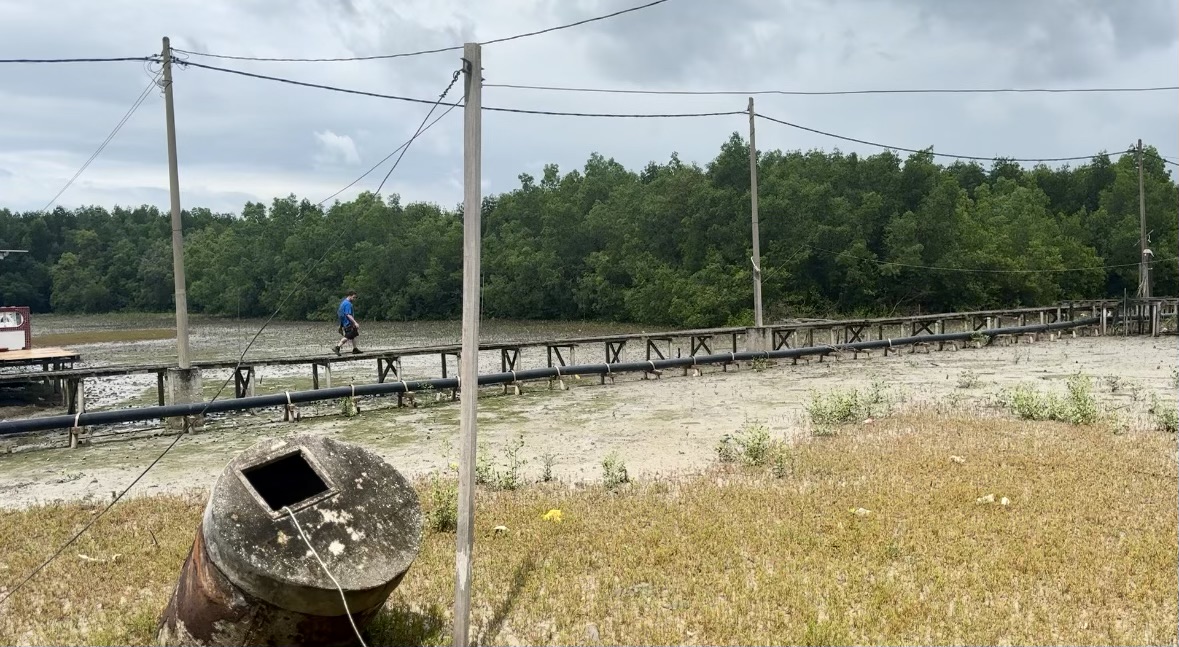
As we were loosely planning our time in Kuala Lumpur, my husband, Matthew, stumbled across something quite interesting on Google Maps. It appeared that, not too far from the city, there were mangrove islands off the coast. At first, we thought they were inaccessible, but upon zooming in, we saw a couple of small towns situated on the edge of one of the islands. Of course, we had to check this out!
We called a car on Grab (Southeast Asia’s Uber) and took a 45-minute drive to Port Klang. The port was a bit chaotic, but a woman quickly approached us selling tickets for the high-speed ferry going to Pulau Ketam. We hopped onboard and waited for it to fill up, noting that these ferries not only transport people but also carry seafood from the fishing village to mainland Malaysia. It was a pretty mind-blowing, 30-minute ride that cut right through some of the mangrove islands, made some stops to drop off and pick up supplies, and then ended at one of the most unique places we’ve seen.
There are 2 fishing villages on Pulau Ketam. We visited the main one, on the southern side of the island, which is also known as Pulau Ketam. The island was first settled by Chinese fishermen in the late 1880s who were looking for better opportunities abroad amidst economic hardship and political instability in China. They chose Pulau Ketam for its fishing opportunities and proximity to Port Klang, one of Malaysia’s major ports. The settlers built an impressive network of stilt houses, roads, and wooden walkways to adapt to the region’s unique conditions – when the tide is in, the island is completely submerged with water.
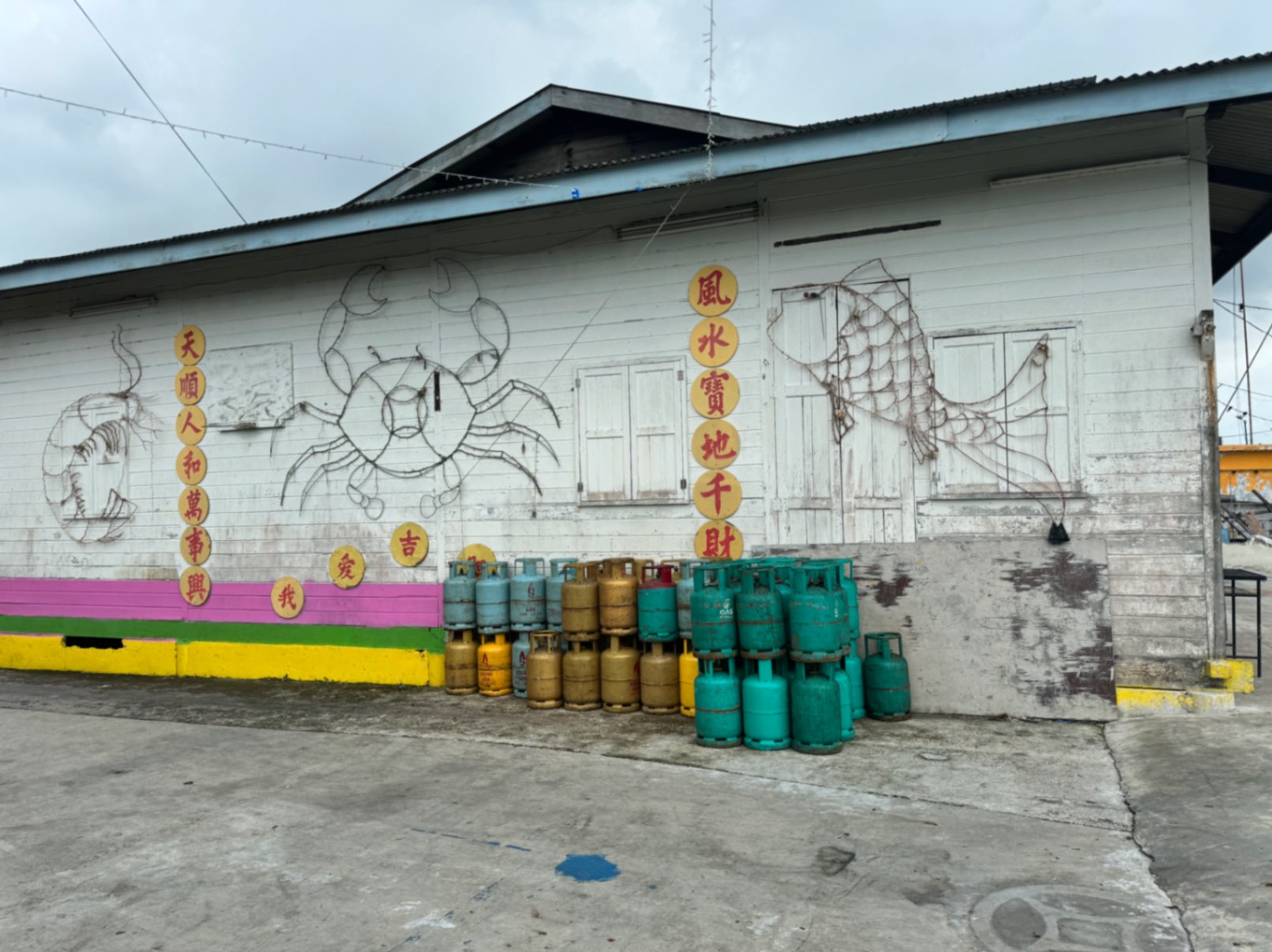
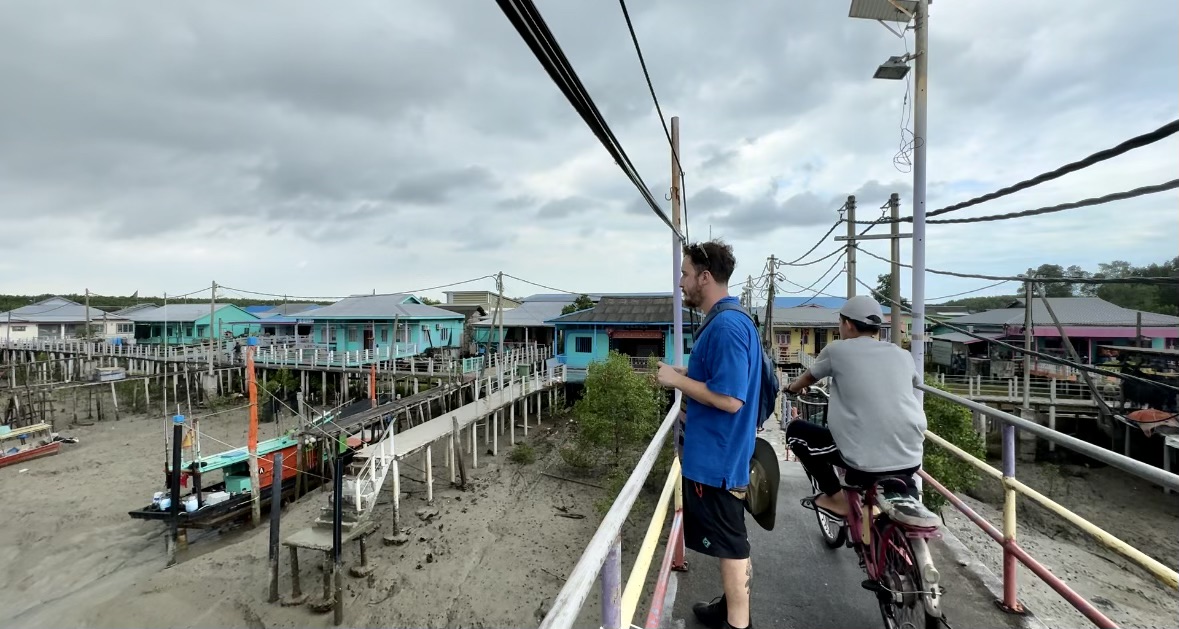

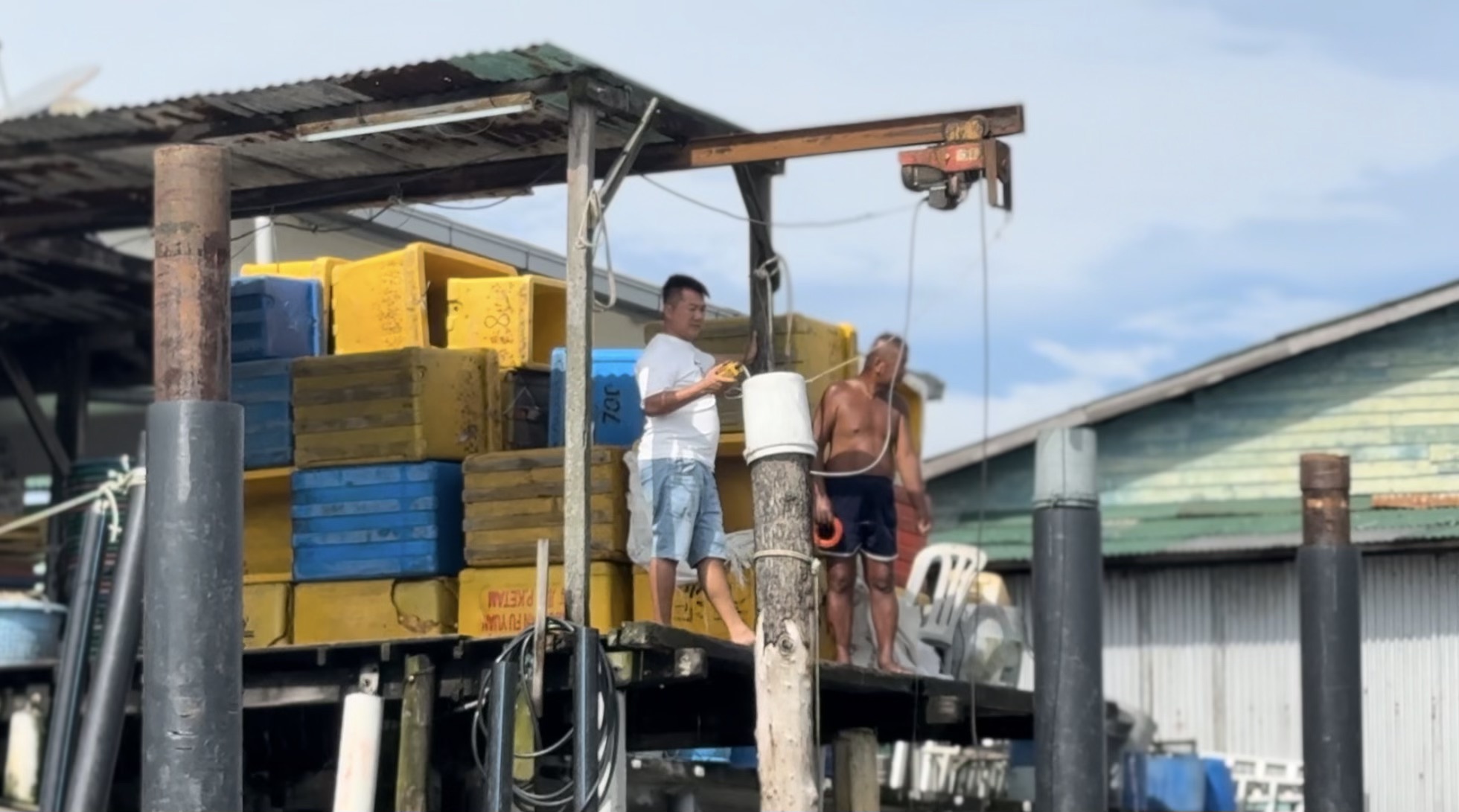
The tide was out when we first arrived to Pulau Ketam, so we could clearly see the full structure of the stilted buildings and beached boats cluttering the island. As the tide began to come in, the stilts disappeared under the water and the boats began to rise. It was wild to see the transformation right before our eyes.
There are no cars on Pulau Ketam, only bikes and electric scooters for rent. We opted to walk around. The narrow roads and walkways make the scooters unnecessary, in my opinion, but people seemed to enjoy them.
Upon arriving on the island, we immediately walked through a relatively bustling shopping area with quite a few seafood restaurants. On our way out, we stopped and indulged in a fresh meal that definitely didn’t disappoint. During our time on the island, we walked as far west as we could, which took us over bridges and wooden walkways and past both residential and public areas, giving us a very real feel for what life is like on the island. Life is simple. Fishing and tourism are the island’s main revenue source. There are only 7,000 to 8,000 residents. The only way to get to mainland Malaysia or even the other fishing village on the island is by boat.
Need help designing your own trip? Contact us.